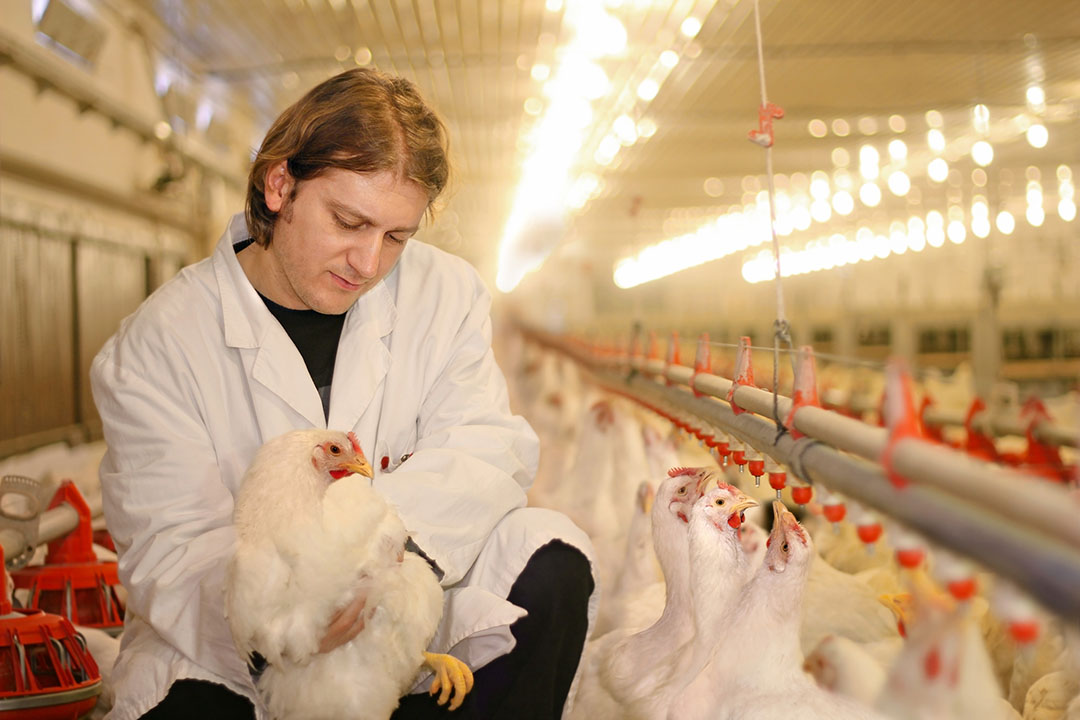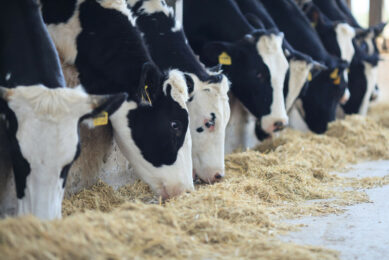US: 30% decline in antibiotic use

In the US, sales of antibiotics for food animal production between 2015 and 2017 declined 30% (by weight), after annual increases each year between 2009 and 2015.
This is according to the report: The US and EU Animal Pharmaceutical Industries in the Age of Antibiotic Resistance (May, 2019), published by the Economic Research Service, part of the USDA.
The report analyses trends in sales and development of veterinary antibiotics. The authors write in the report that in the US, sales of antibiotics for food animal production between 2015 and 2017 declined 30% (by weight), after annual increases each year between 2009 and 2015.
The following factors have influenced these sales:
- US consumer demand for products raised without any antibiotics has risen, particularly for poultry. In 2017, approximately 44% of US broilers were raised without antibiotics, up from 2.7% in 2012.
- The steady increase in US and EU production of meat over the past 2 decades, largely due to rising export demand, particularly from Asia, is raising demand for antibiotics sales in the United States and EU.
- US restrictions on use of growth-promoting antibiotics enacted in 2017 appear to have contributed to declines in antibiotics sales, and similar European regulations are generally correlated with declines in overall antibiotics sales.
Also read: Essential oils: Toxicity factors reviewed
Development of new veterinary drugs
Although research and development (R&D) dollars spent in the animal pharma industry have increased, the number of new animal drugs approved in the United States has declined, leading to an increase in R&D dollars spent per newly approved drug. Besides declining in number, new drug approvals have also changed in type: companion-animal products constitute an increasing share of new animal drug approvals in the United States. Because most drugs are not approved for both food and companion-animal use, this finding suggests the increasing share of animal pharma R&D devoted to companion-animal pharmaceuticals comes at the expense of food animal pharmaceuticals.
Also read: New kid on the block: In-feed resin acids
Less approvals for food animal antibiotics
Approvals of food-animal antibiotics have declined both in number and as a share of approvals of all food-animal pharmaceuticals. Since 1992, most new antibiotic approvals for use in food animals have been generic drugs that are also used in human medicine. Since the inception of generic drugs in the United States in 1992, these drugs account for approximately half of new US-approved veterinary drugs. Drug categories with the most generic competition also tend to have fewer drugs with novel active ingredients, suggesting that generic competition may tend to suppress R&D in these categories. A 2003 regulation increasing requirements for new antibiotics approved for food-animal use did not affect the number or types of antibiotics brought through regulatory approval.
How was the study conducted?
This report compiles and analyses data from a variety of sources, including meat production and export data from multiple countries, antibiotics sales data from both the US Food and Drug Administration’s Center for Veterinary Medicine and the European Medicines Agency, animal pharmaceutical industry data from firm annual reports and industry trade groups, and license data for US veterinary biologics from USDA’s Center for Veterinary Biologics. Trends in antibiotics sales and development for food-animal use are analysed using a newly generated dataset of animal pharmaceutical product approvals. An econometric model is used to analyse whether drug development was affected by the introduction of a 2003 regulation requiring more robust testing for approval of new food-animal antibiotics.
Source: USDA











